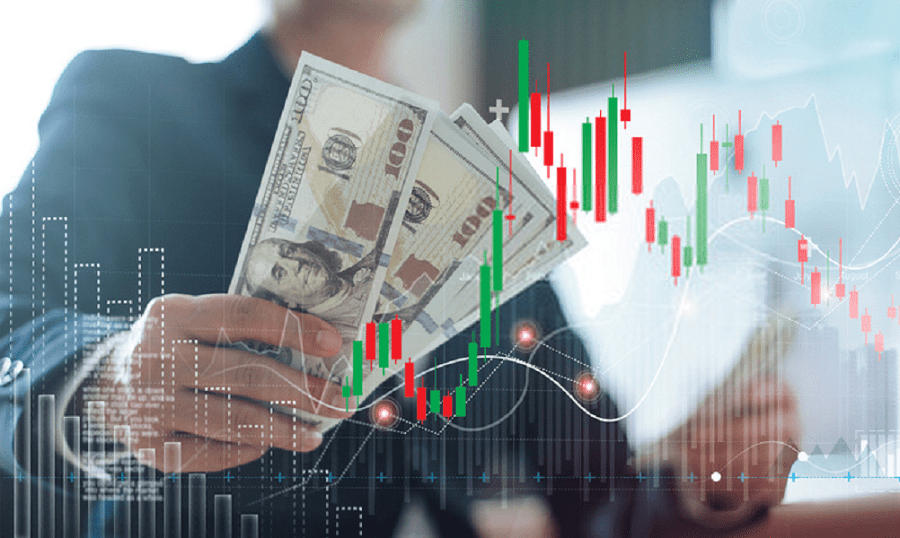Features
Let’s Get Digital – Currency Volatility Explained

For years, the $6.6 trillion dollar forex market has been synonymous with volatility, with this often described as a negative condition that investors must be wary of.
While there’s some element of truth to this, it;’s fair to say that volatility remains one of the most misunderstood concepts in the forex and financial markets, while the same principle applies when this concept is discussed in relation to cryptocurrency.
But what exactly does the term ‘volatility’ mean, and what factors define this in the incredibly complex and fast-paced cryptocurrency space?
What is Volatility?
In general terms, the term ‘volatility’ refers to the extent to which an asset’s price can swing in one direction or another, usually within a predetermined period of time.
Interestingly, this typically describes ‘realised’ volatility, which is derived from historical prices, trends and market shifts. This can be measured in a number of different ways, with the universal standard being a rolling 30-day standard deviation of daily natural log returns.
In crypto markets, volatility is definitely a key part of each asset’s narrative, particularly from the perspective of how asset’s such as Bitcoin (BTC) are viewed by investors.

According to a recent survey of institutional investors, volatility was actually cited as one of the main barriers to crypto trading, largely because of market perception and the sentiment that exists amongst traders (we’ll touch further on this below).
However, this is primarily driven by the common conflation of volatility with risk. While the former describes the extent of asset price will rise or fall, for example, risk refers to the probability that a particular investment will result in a permanent loss of capital.
What Factors Define Volatility in the Crypto Space?
This is an important distinction, as conflating risk with volatility causes investors to overlook the fact that it’s possible to profit from the latter and leverage it to your advantage as a crypto trader.

The same principle is relevant when trading currency, particularly through a forex account with a welcome bonus that affords you free trading capital.
Now that we have a clearer understanding of volatility in the crypto market, it’s important to determine which factors define volatility in this space. Sentiment is perhaps the most obvious consideration, with news developments and stories (both good and bad) are capable of fueling price shifts across both crypto and more traditional markets.
However, this trend is far more pronounced in the cryptocurrency market, thanks to the underlying lack of liquidity that affects most associated assets (apart from Bitcoin) and the fundamental absence of a robust trading ecosystem.
The wider crypto market is also more susceptible to the supply and demand rule, due to the finite supply of crypto assets and the fact that most tokens have yet to enter the investment mainstream. This can cause greater and more variable imbalances between supply and demand, impacting directly on prices and the extent of movements.
These factors, when combined with the perception of crypto trading as an inherently risky pastime, continue to define volatility in the marketplace and create a challenging landscape for aspiring investors.








